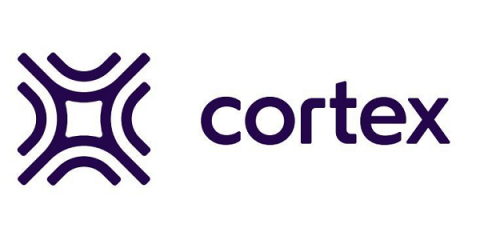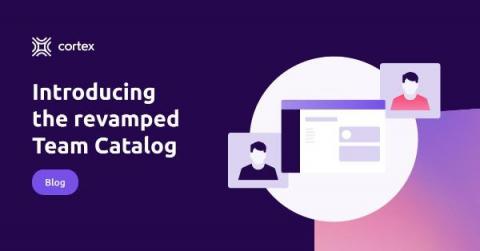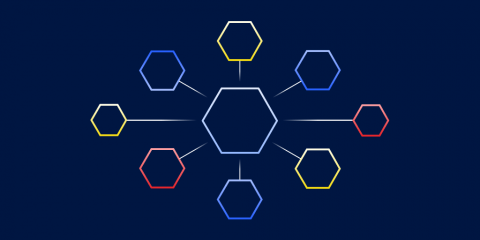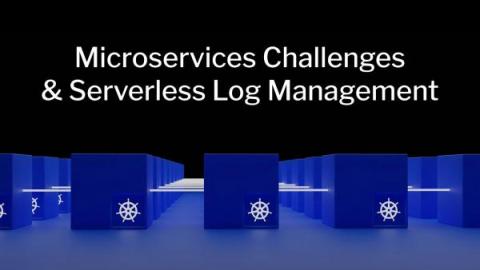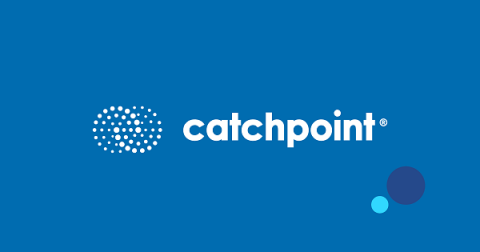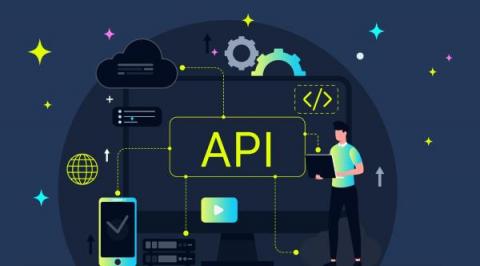Operations | Monitoring | ITSM | DevOps | Cloud
Microservices
What's missing from your incident management workflow
Introducing the revamped Team Catalog
Best practices for tracing and debugging microservices
Tracing and debugging microservices is one of the biggest challenges this popular software development architecture comes with - probably the most difficult one. Due to the distributed architecture, it's not as straightforward as debugging traditional monolithic applications. Instead of using direct debugging methods, you'll need to rely on logging and monitoring tools, coding practices, specific databases, and other indirect solutions to successfully debug microservices.
8 Challenges of Microservices and Serverless Log Management
Accelerating software and system migrations with Cortex
Debunking Misconceptions: Amazon Prime Video's Approach to Microservices and Serverless
This is the second blog in our deep dive series on serverless architectures. In the first installment, we explored the benefits and trade-offs of microservices and serverless architectures, highlighting the case of Amazon Prime Video's architectural redesign for cost optimization.
How to Measure and Improve Platform Maturity and Operational Readiness
10 Essential Distributed Tracing Best Practices for Microservices
If you are a SaaS provider making an application that deals with, say, a health registry or some personal information of the public, you realize how crucial it is to maintain their confidentiality. It is these situations that demand a previous encryption of data followed by a prompt tracing mechanism that finds out the faults right at the moment or prior to its occurrence. And what better way to keep track of your application than tracing?
API latency in microservices - Trace based troubleshooting
In microservices architectures, apps are broken down into small, independent services that communicate with each other using APIs in a synchronous or asynchronous way.


